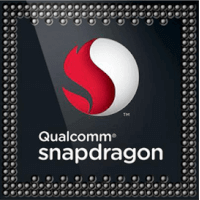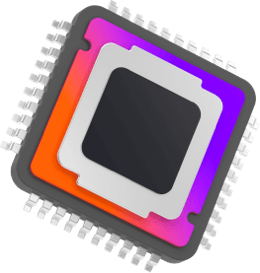| Qualcomm Snapdragon 855 | Qualcomm Snapdragon 778G | |
| Max TDP | ||
| NA | Power consumption per day (kWh) | NA |
| NA | Running cost per day | NA |
| NA | Power consumption per year (kWh) | NA |
| NA | Running cost per year | NA |
Qualcomm Snapdragon 855 vs Qualcomm Snapdragon 778G

The Qualcomm Snapdragon 855 operates with 8 cores and 8 CPU threads. It run at 2.84 GHz base 1.80 GHz all cores while the TDP is set at .The processor is attached to the N/A CPU socket. This version includes 2.00 MB of L3 cache on one chip, supports 4 memory channels to support LPDDR4X-4266 RAM and features PCIe Gen lanes. Tjunction keeps below -- degrees C. In particular, Kryo 485 Architecture is enhanced with 7 nm technology and supports None. The product was launched on Q4/2018

The Qualcomm Snapdragon 778G operates with 8 cores and 8 CPU threads. It run at 2.40 GHz base 1.90 GHz all cores while the TDP is set at .The processor is attached to the N/A CPU socket. This version includes 2.00 MB of L3 cache on one chip, supports 2 memory channels to support LPDDR5-3200 RAM and features PCIe Gen lanes. Tjunction keeps below -- degrees C. In particular, Kryo 670 Architecture is enhanced with 6 nm technology and supports None. The product was launched on Q2/2021
Qualcomm Snapdragon 855
Qualcomm Snapdragon 778G
Compare Detail
| 2.84 GHz | Frequency | 2.40 GHz |
| 8 | Cores | 8 |
| 2.84 GHz | Turbo (1 Core) | 2.40 GHz |
| 1.80 GHz | Turbo (All Cores) | 1.90 GHz |
| Hyperthreading | No | |
| Overclocking | No |
|
| hybrid (Prime / big.LITTLE) | Core Architecture | hybrid (Prime / big.LITTLE) |
| Qualcomm Adreno 640 | GPU | Qualcomm Adreno 642L |
| 0.59 GHz | GPU (Turbo) | No turbo |
| 7 nm | Technology | 6 nm |
| 0.59 GHz | GPU (Turbo) | No turbo |
| 12.0 | DirectX Version | 12.0 |
| 1 | Max. displays | 1 |
| LPDDR4X-4266 | Memory | LPDDR5-3200 |
| 4 | Memory channels | 2 |
| Max memory | ||
| ECC | No |
|
| 1.75 MB | L2 Cache | -- |
| 2.00 MB | L3 Cache | 2.00 MB |
| PCIe version | ||
| PCIe lanes | ||
| 7 nm | Technology | 6 nm |
| N/A | Socket | N/A |
| TDP | ||
| None | Virtualization | None |
| Q4/2018 | Release date | Q2/2021 |
Geekbench 5, 64bit (Single-Core)
Geekbench 5 is a cross plattform benchmark that heavily uses the systems memory. A fast memory will push the result a lot. The single-core test only uses one CPU core, the amount of cores or hyperthreading ability doesn't count.
Geekbench 5, 64bit (Multi-Core)
Geekbench 5 is a cross plattform benchmark that heavily uses the systems memory. A fast memory will push the result a lot. The multi-core test involves all CPU cores and taks a big advantage of hyperthreading.
iGPU - FP32 Performance (Single-precision GFLOPS)
The theoretical computing performance of the internal graphics unit of the processor with simple accuracy (32 bit) in GFLOPS. GFLOPS indicates how many billion floating point operations the iGPU can perform per second.
AnTuTu 8 benchmark
The AnTuTu 8 Benchmark measures the performance of a SoC. AnTuTu benchmarks the CPU, GPU, Memory as well as the UX (User Experience) by simulating browser and app usage. AnTuTu can benchmark any ARM CPU that runs under Android or iOS. Devices may not be directly compareable if the benchmark has been performed under different operating systems.

Electric Usage Estimate


